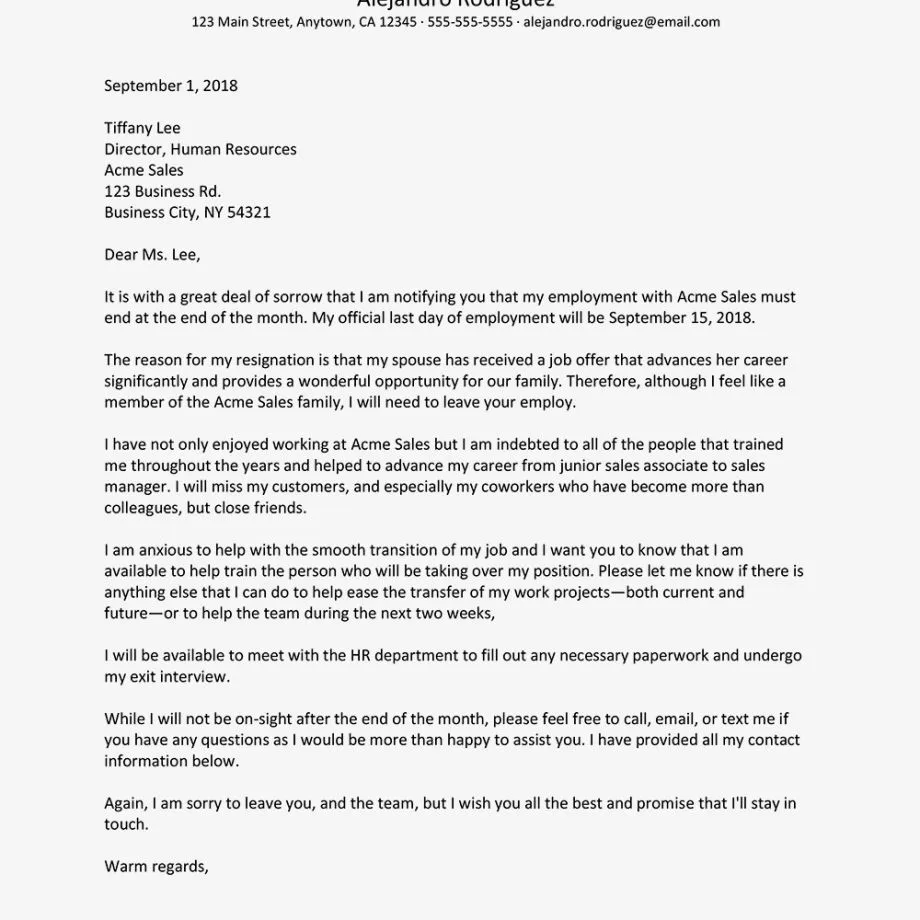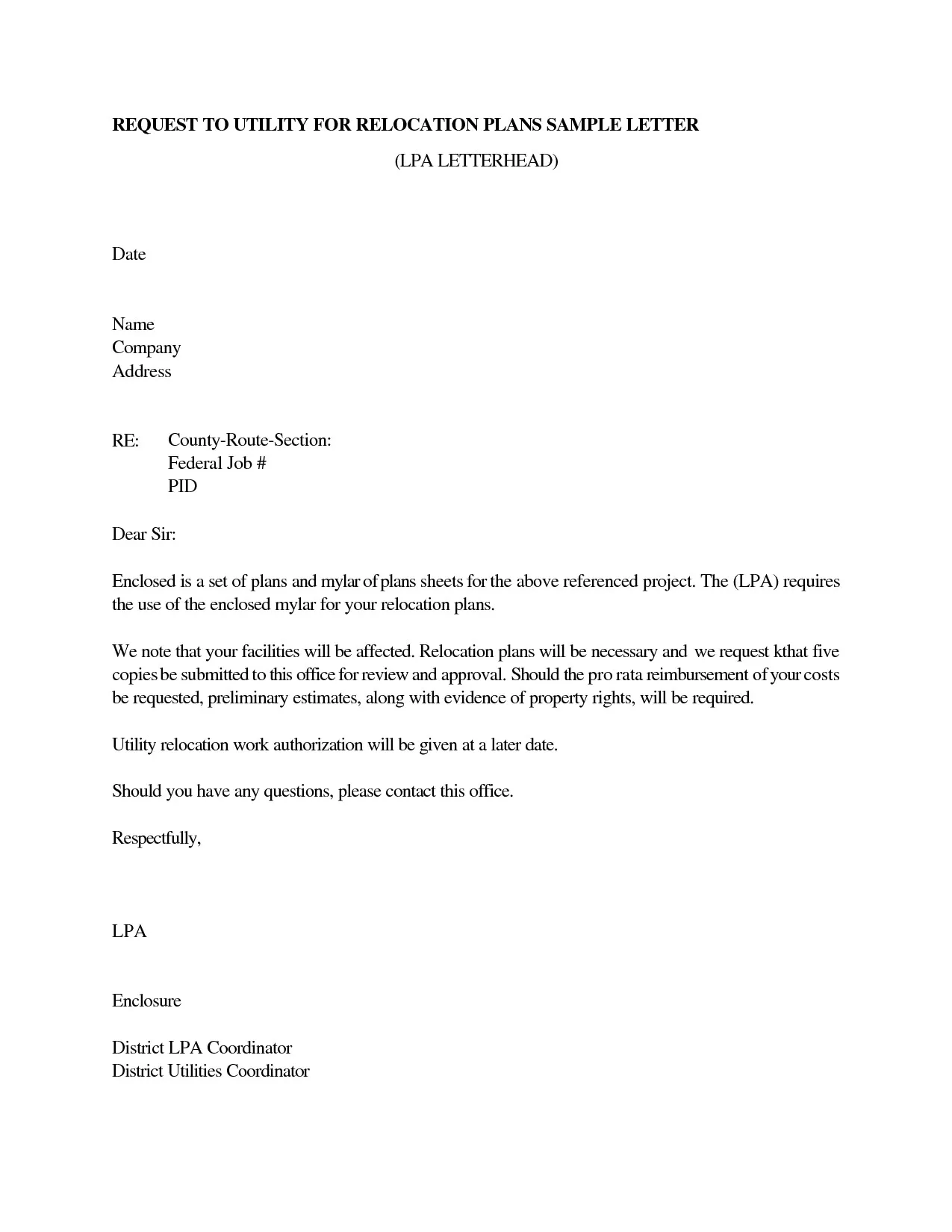Plan Your Out-of-State Move
Moving out of state can be an exciting but daunting experience. Proper planning is the cornerstone of a successful relocation. This involves several crucial steps, beginning with a thorough assessment of your current situation and future goals. Consider why you’re moving, what you hope to gain, and the financial implications of your decision. Create a timeline that includes key milestones such as when you’ll start packing, when you need to be out of your current residence, and when you plan to arrive at your new location. The more detailed your plan, the smoother your move will be. This initial phase also involves gathering information about your destination and the associated costs.
Create a Detailed Moving Budget
One of the most important steps in planning your out-of-state move is creating a detailed budget. Moving costs can quickly add up, including expenses such as professional movers, packing supplies, transportation, temporary housing, and potential deposits on a new home or apartment. Start by researching moving company quotes and comparing prices. Factor in travel expenses like gas, flights, or train tickets. Don’t forget to include the costs of setting up utilities and services in your new home. It’s also wise to create a contingency fund to cover unexpected expenses. By meticulously tracking your spending, you can avoid financial stress and ensure you stay within your budget. Remember, it’s better to overestimate costs than underestimate them.
Research and Choose Your New Location

Before committing to a move, conduct thorough research on potential locations. Consider factors such as job opportunities, cost of living, climate, and community amenities. Explore neighborhoods within the cities you’re considering, examining their schools, safety, and overall vibe. Use online resources to gather information, and if possible, visit the locations to get a feel for the area. Research the local job market to understand career prospects in your field. Take into account the cost of housing, including rent or mortgage rates, property taxes, and insurance costs. Prioritize locations that align with your lifestyle, values, and long-term goals, ensuring a smooth transition.
Find a New Home and Housing Options
Securing housing is a critical element of any out-of-state move. Start your housing search early, ideally several months before your planned move. Explore various options, including renting apartments or houses, buying a home, or considering temporary housing options. Online real estate websites and local real estate agents are valuable resources for identifying potential properties. If you plan to rent, research rental requirements, such as security deposits and application fees. When buying a home, get pre-approved for a mortgage and engage a reputable real estate agent. Evaluate the neighborhood, school districts, and proximity to essential services. If you’re unsure of your long-term plans, consider a temporary living arrangement to provide flexibility while you get settled.
Pack and Prepare Your Belongings
Packing your belongings is a time-consuming but necessary part of moving. Begin by gathering essential packing supplies, including boxes of various sizes, packing tape, bubble wrap, and markers to label boxes. Determine whether you will pack yourself or hire professional packers. If you choose to pack on your own, start early and pack one room at a time. Label boxes clearly with their contents and the room they belong to in your new home. Create an inventory list to keep track of your belongings and make it easier to unpack. Consider the weight of each box to prevent injuries and ensure safe handling. Properly packing your belongings will protect them during transit and simplify the unpacking process.
Declutter and Downsize

Before you start packing, take the opportunity to declutter and downsize your belongings. Get rid of items you no longer use or need. Consider donating, selling, or discarding items to reduce the volume you must move. Decluttering not only simplifies the packing process but also reduces moving costs, as you’ll need fewer boxes and potentially a smaller moving truck. Go through each room, closet, and drawer, and decide what to keep, donate, or discard. This step can save you money and create a fresh start in your new home. A minimalist approach can lead to a less cluttered, more organized life in your new location.
Gather Moving Supplies
Having the right moving supplies is essential for a smooth move. Gather a variety of sturdy boxes in different sizes to accommodate your belongings. Invest in packing tape, bubble wrap, packing paper, and furniture pads to protect fragile items and prevent damage. Consider purchasing a box cutter, markers, and labels to mark boxes with their contents and destination room. If you’re moving heavy items, such as furniture, consider using furniture dollies or hiring professionals to assist. Having these supplies on hand will make the packing process much more efficient and protect your belongings during the move. Make sure to obtain enough supplies, anticipating the volume of items you plan to move.
Pack Strategically
Packing strategically can save you time and make unpacking easier. Start by packing items you use least frequently. Label boxes clearly and accurately, indicating their contents and the room they belong to. Wrap fragile items individually with bubble wrap or packing paper, and place them in boxes with cushioning. Keep essential items, such as toiletries, medications, and a change of clothes, in a separate box that you can easily access during the move. Consider taking photos of electronics before you disconnect them, so you can easily reassemble them in your new home. Planning your packing strategy in advance will help you stay organized and efficient.
Handle the Logistics of the Move

Organizing the logistics of your out-of-state move is crucial. This involves deciding on your moving method, notifying important parties, and transferring vital documents and records. Whether you choose to hire professional movers, rent a moving truck, or use a portable container, plan ahead and make arrangements in advance. Be sure to obtain quotes from several moving companies and compare their services and pricing. Keep track of all moving-related expenses, and ensure you understand the terms and conditions of your chosen moving method. Proper logistics can significantly reduce stress and ensure a seamless transition.
Choose a Moving Method
Choosing the right moving method depends on your budget, the distance you’re moving, and the amount of belongings you have. You can hire full-service movers, who handle everything from packing to unpacking, or opt for a more hands-on approach by renting a moving truck. Another option is to use a portable moving container, which you load and they transport. Each method has its advantages and disadvantages, so consider your options carefully. Professional movers offer convenience but can be expensive. Renting a truck gives you more control but requires more effort. Evaluate each method based on your needs, and choose the one that aligns with your requirements.
Notify Important Parties
Inform relevant parties of your move, including the post office, banks, credit card companies, and insurance providers. Change your address with the post office to ensure you receive your mail. Notify banks and credit card companies of your new address to update your billing information and prevent any issues. Update your insurance policies, including car insurance and homeowners or renters insurance, to reflect your new location. Also, notify utility companies of your move-out date to close your accounts, and arrange to have utilities set up in your new home. Failing to notify these parties can result in lost mail, missed payments, or disruptions in your services.
Transfer Important Documents and Records

Before moving, make arrangements to transfer important documents and records, such as medical records, dental records, and school transcripts. Contact your healthcare providers to request that your medical records be sent to your new location. If you have children, contact their schools to arrange for the transfer of their school records. Make copies of essential documents like birth certificates, social security cards, and passports. Keep these documents in a safe and easily accessible place during the move. Transferring these documents is critical for ensuring continuity of care and facilitating any necessary administrative processes in your new location.
Manage the Transition
Adjusting to a new state involves more than just moving your belongings; it’s about navigating the transition. Updating your driver’s license and vehicle registration, registering to vote, and exploring your new surroundings are all essential steps. Familiarize yourself with local laws and regulations, and establish your new routine. Be patient with yourself and allow time to settle in and adjust to your new environment. Taking these steps will help you feel more at home and integrate into your new community.
Update Your Driver’s License and Registration
One of the first tasks to complete after your move is to update your driver’s license and vehicle registration. Check the requirements for obtaining a new driver’s license in your new state. You will likely need to visit the local Department of Motor Vehicles (DMV) and provide proof of residency, such as a lease agreement or utility bill. Register your vehicle in your new state and obtain new license plates. These steps are essential for complying with local laws and driving legally in your new location. Make sure to complete this process within the required timeframe to avoid penalties.
Register to Vote

Registering to vote in your new state is an essential step in participating in your new community. Locate the local election office or register online to update your voter registration information. Provide proof of residency, such as a driver’s license or utility bill, to confirm your eligibility. Registering to vote allows you to participate in local and national elections and have your voice heard. Stay informed about upcoming elections and candidates, and exercise your right to vote. It’s an important step in establishing your new identity in your new location.
Explore Your New Surroundings
Once you’ve settled into your new home, take time to explore your new surroundings. Visit local parks, museums, and attractions to familiarize yourself with your new community. Find local businesses, such as grocery stores, pharmacies, and restaurants. Take the time to get to know your neighbors and become involved in local activities. Explore the area to discover your favorite spots, understand your new environment, and build a strong sense of place. Connecting with your community will make your transition easier.
Set up Utilities and Services
Setting up utilities and services is a critical task for making your new house feel like home. Research which utility companies provide service in your area, including electricity, gas, water, and internet. Contact each company to set up your accounts and schedule a service start date. Inquire about service options and rates, and make sure the service is available on your move-in date. Don’t overlook other essential services, such as trash collection and recycling. Properly setting up utilities and services will ensure you have a comfortable and functional living space. Make sure all these services are set up before you move in to eliminate any inconvenience.
Understand State-Specific Regulations

Each state has unique regulations that you need to understand. Familiarize yourself with local laws regarding driving, taxes, and other important aspects of life. Research any state-specific requirements for registering your vehicle, obtaining a driver’s license, and paying taxes. Understand any relevant local ordinances related to noise levels, pets, or parking. Consult local government websites or contact the relevant authorities to clarify any questions. Being informed about state-specific regulations will help you comply with the law and avoid any potential problems.
Plan for Taxes
Moving to a new state can impact your tax obligations. Research the income tax rates and regulations in your new state. Understand how your state taxes income, sales, and property. Make sure to update your tax withholding information with your employer. If you’re self-employed, research any new tax requirements. You may need to file taxes in more than one state during the transition. Consulting a tax professional can help you understand your tax obligations and avoid any potential penalties. Properly planning for your taxes is an essential part of a successful move.
